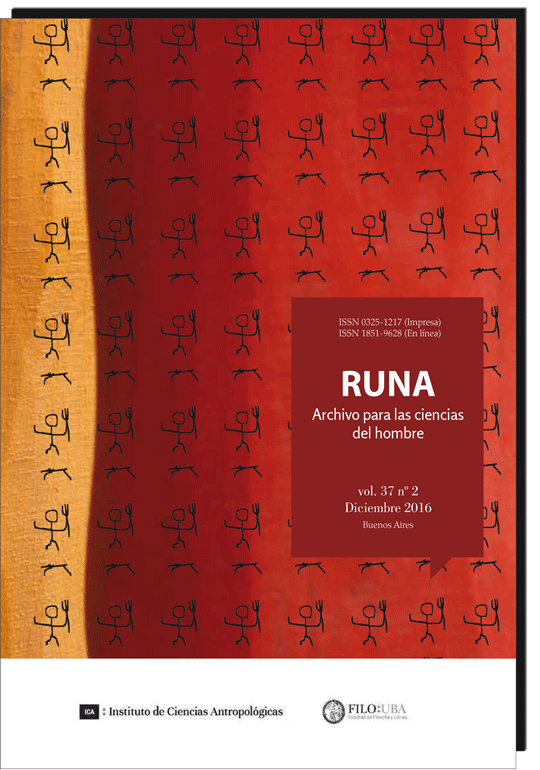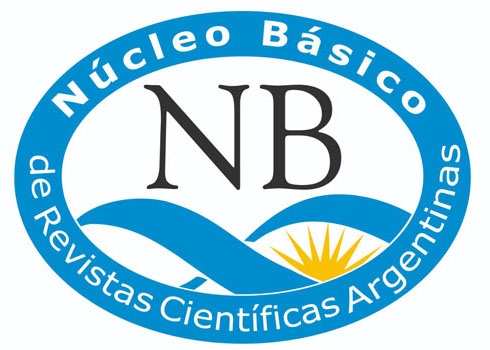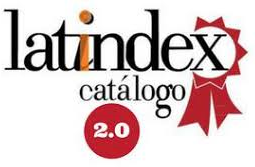Food in prehistory. The case of Calchaquí valley, Salta, Argentina
Abstract
In this work we compared from bioarchaeological analysis, two osteological sets of different times of occupation of the Calchaquíes Valleys (Salta), 66 individuals from Formative Period (500 BC-1000 AD) and 128 from Regional Development Period (1000-1430 AD). It focuses on the composition and structure of the samples as well as diet and nutrition indicators (porotic hyperostosis, cribra orbitalia, enamel hypoplasia lines, caries, antemortem tooth loss, infections, abscesses and dental wear).Despite the regular state of conservation of the remains, it was possible to observe that part of the population had difficulties in access to resources being that diet consisted of foods with high percentages of carbohydrates, recording no statistically significant differences between the indicators analyzed over time.Downloads

Runa, archivos para las ciencias is a publication of the Instituto de Ciencias Antropológicas, Facultad de Filosofía y Letras, Universidad de Buenos Aires and is distributed under a Creative Commons Attribution 4.0 International License.
Runa maintains its commitment to the policies of Open Access to scientific information, considering that both scientific publications and publicly funded research should circulate on the Internet freely, free of charge and without restrictions.
The contents and opinions expressed in published articles are the sole responsibility of their authors.



















